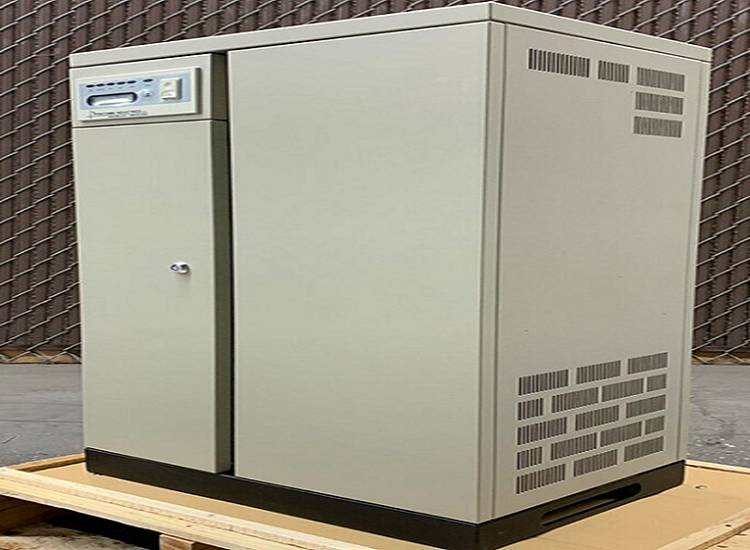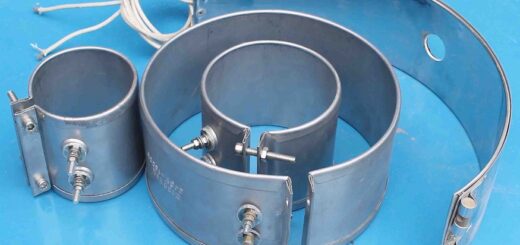Revolutionizing Efficiency: Slashing Operational Costs with Solid-State Converter Technology

In today’s fiercely competitive landscape, businesses across all sectors are relentlessly pursuing strategies to optimize their operations and minimize costs. Among the myriad of technological advancements promising enhanced efficiency, solid state frequency converters stands out as a game-changer. By replacing traditional electromechanical and older power conversion systems, SSCs offer a compelling pathway to significant reductions in operational expenditure, improved reliability, and a smaller environmental footprint. This article delves into the multifaceted ways in which embracing solid-state converter technology can translate into tangible cost savings for organizations.
The Direct Impact on Energy Consumption
One of the most significant avenues for cost reduction through SSC technology lies in its superior energy efficiency. Traditional power conversion methods often suffer from substantial energy losses due to friction, heat generation in windings, and other inherent inefficiencies. Solid-state converters, on the other hand, boast significantly higher conversion efficiencies, often exceeding 95%. This means that a greater proportion of the input energy is effectively utilized, leading to lower electricity bills.
Minimizing Maintenance and Downtime Costs
The absence of moving parts in solid-state converters translates directly into reduced maintenance requirements and increased system reliability.Traditional systems often necessitate regular lubrication, alignment checks, and replacement of worn-out components like brushes and bearings. Solid-state converters, with their robust and inherently reliable semiconductor components, require significantly less maintenance.
This translates to lower labor costs, reduced expenditure on spare parts, and, most importantly, minimized downtime. In critical applications where uninterrupted operation is paramount, such as manufacturing plants, hospitals, and transportation systems, the enhanced reliability of SSCs can prevent costly production halts, service disruptions, and potential safety hazards.
Extending Equipment Lifespan and Reducing Replacement Costs
The reduced stress and wear and tear on equipment powered by solid-state converters contribute to a longer operational lifespan.The smooth and precise control offered by SSCs minimizes mechanical stress on motors, pumps, and other driven equipment.
By extending the lifespan of critical equipment, businesses can defer costly replacements, leading to significant long-term savings on capital expenditure. This benefit is particularly pronounced in industries with large investments in heavy machinery and power-intensive equipment.
Optimizing Space Utilization and Reducing Infrastructure Costs
Solid-state converters are generally more compact and lighter than their traditional counterparts for the same power rating. This smaller footprint allows for better space utilization within facilities, freeing up valuable real estate for other operational needs. In space-constrained environments, such as urban data centers or offshore platforms, the compact design of SSCs can be a significant advantage.
Enhancing Process Control and Reducing Material Waste
The precise and responsive control offered by solid-state converters can lead to improvements in process control, resulting in reduced material waste and enhanced product quality.In manufacturing processes, for example, precise motor speed control can optimize material handling, machining operations, and packaging processes, minimizing errors and reducing the amount of rejected or wasted materials.
Similarly, in applications like lighting control, solid-state dimmers offer finer control over light levels, allowing for energy savings and creating optimal working environments.
Contributing to Sustainability Goals
The higher energy efficiency translates to lower greenhouse gas emissions, contributing to a smaller carbon footprint. The reduced use of consumables like lubricants and replacement parts further minimizes environmental impact.
By investing in SSCs, businesses can not only reduce their operational costs but also demonstrate their commitment to environmental responsibility, enhancing their public image and potentially attracting environmentally conscious customers and investors.
Conclusion: A Strategic Investment for Long-Term Savings
Solid-state converter technology offers a compelling value proposition for businesses seeking to reduce operational costs and enhance efficiency. From significant energy savings and reduced maintenance to extended equipment lifespan and improved process control, the benefits are multifaceted and contribute to long-term financial advantages.
While the initial investment in upgrading to solid-state converters may seem significant, the cumulative savings in energy consumption, maintenance, replacement costs, and operational efficiency quickly outweigh the upfront expenditure.



